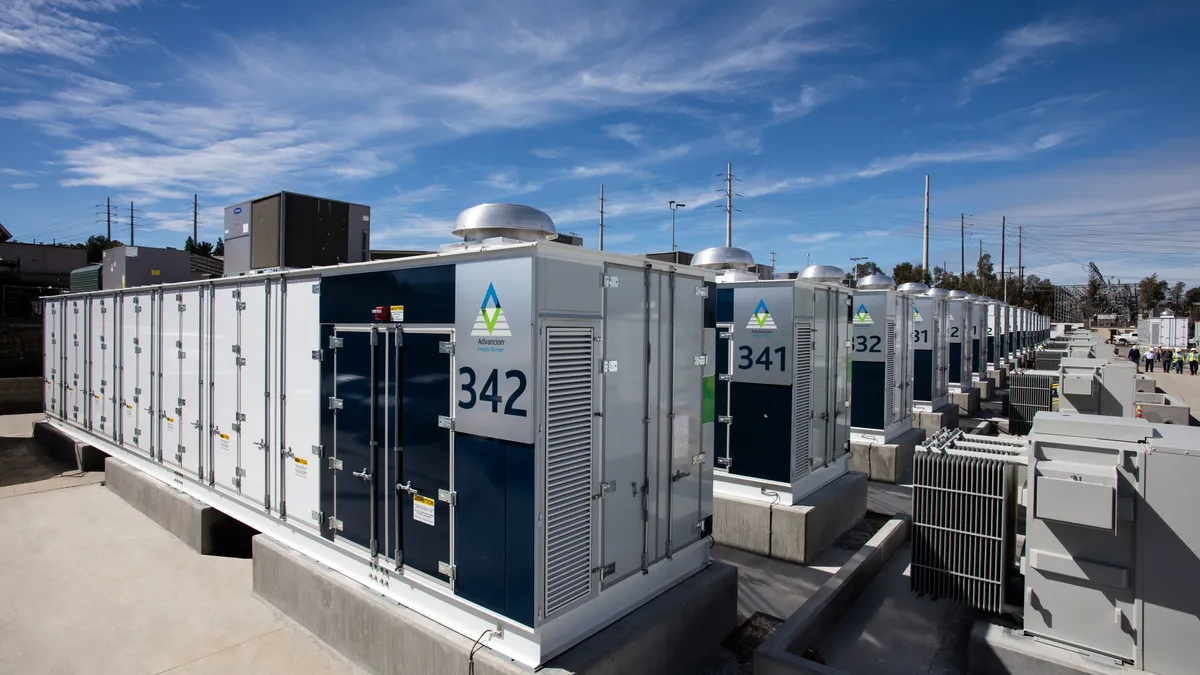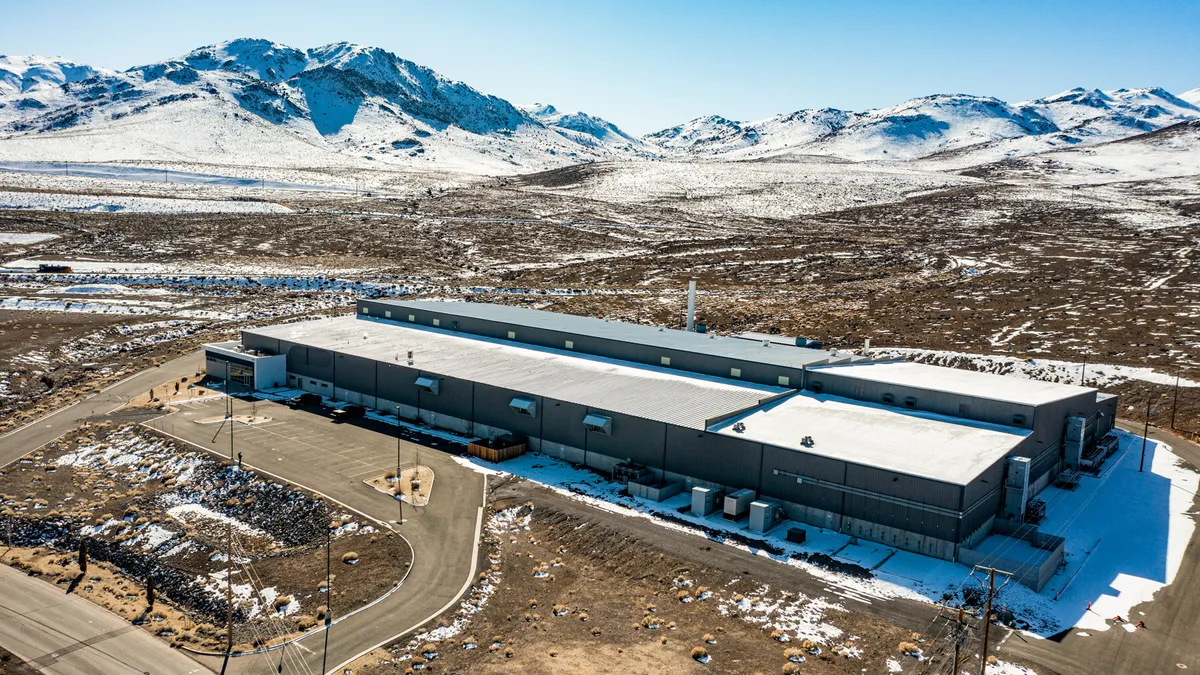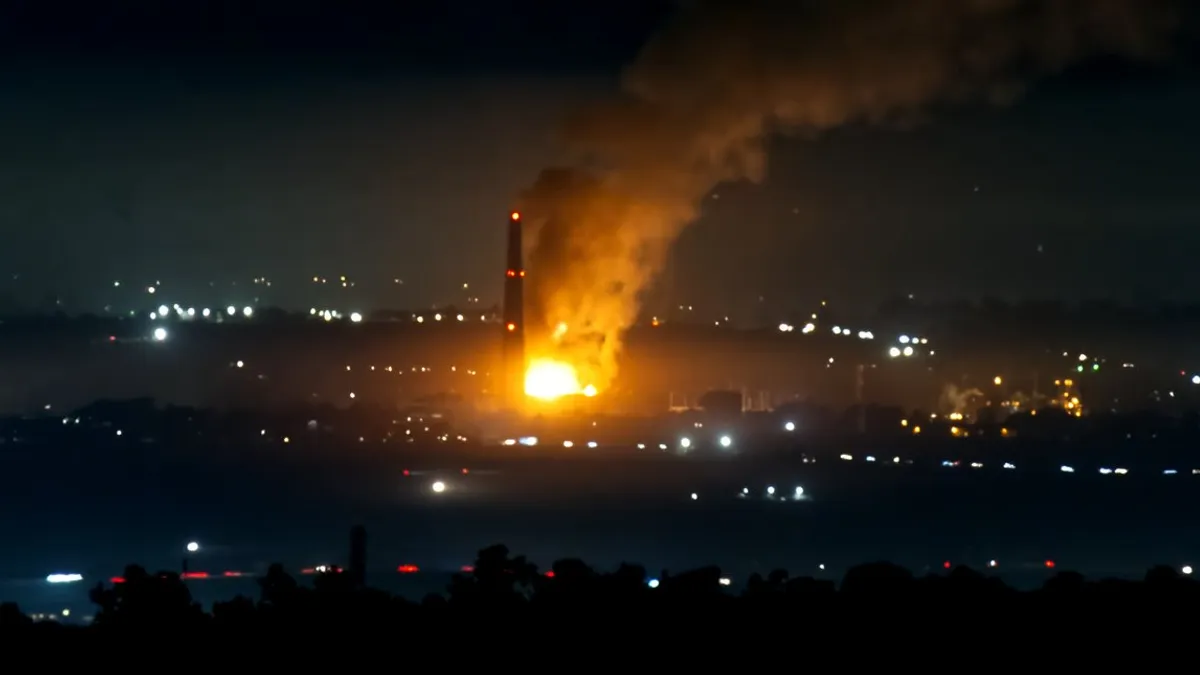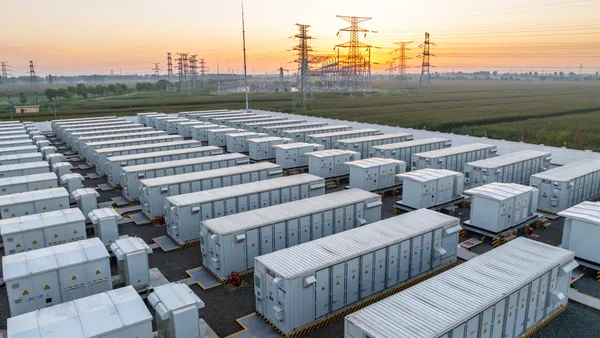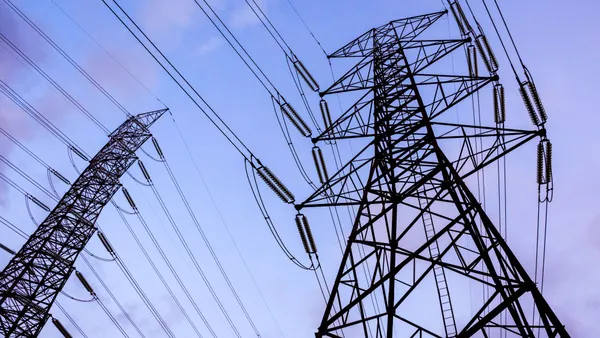The first quarter was the biggest quarter ever in terms of energy storage installations, but it could also be the biggest quarter of the year, according to the latest version of the U.S Energy Storage Monitor released by GTM Research and the Energy Storage Association.
The first-quarter Energy Storage Monitor recorded 234 MWh of storage installations in the first quarter, a 944% increase compared with first-quarter 2016.
In terms of power rating, 71 MW of storage projects were deployed in the first quarter, a 276% increase over first-quarter 2016 and the second highest quarter since GTM and the ESA began tracking energy storage in 2013, beat only by installation in the fourth quarter of last year.
Much of the growth in the first quarter can be attributed to “the shift from short-duration projects to medium- and long-duration projects in the utility-scale market, along with a surge of deployments geared to offset the Aliso Canyon natural gas leak,” said Ravi Manghani, GTM Research’s director of energy storage.
The Also methane gas leak jeopardized the flow of fuel for gas-fired generation, so the California Public Utilities Commission in May 2016 granted fast track approval for 104.5 MW of battery-based storage systems Southern California Edison and San Diego Gas & Electric’s service areas to offset the possible curtailment of gas-fired generation.
While the speed and scale of the Aliso Canyon storage deployments is impressive Manghani says the industry “shouldn’t get too comfortable” with that scenario because there are not that many 10+ megawatt-hour projects in the 2017 pipeline, indicating that the first quarter may be the largest quarter this year.
The completion of large storage projects is also reflected in the fact that 91% of all deployments in the first quarter were front of the meter projects. Front of the meter installations also grew by 591% on a year over year basis, boosted by large projects in California, as well as Arizona and Hawaii.
In Arizona, Tucson Electric Power signed a power purchase agreement for a low cost solar-plus-storage project that features a 100 MW solar array and a 30 MW, 120 MWh energy storage facility.
Behind BTM numbers
Behind-the-meter projects fell off by 27% year over year as measured by megawatt hours. Manghani attributes that decline to a pause in California’s Self-Generation Incentive Program (SGIP), which re-opened in May after a multi-year hiatus during which the program rules were revised.
The program now has $566 million in funds for clean energy program of which 79% are earmarked for energy storage.
According to an analysis by Strategen Consulting, the revised SGIP could result in the deployment of as much as 800 MW (1600 MWh) by 2018.
In terms of behind the meter storage, Strategen estimates the program could increase the size of California’s behind-the-meter storage market by anywhere from 623 MW to 1,242 MW by 2020, of which 96 MW to 122 MW would be small residential storage systems.
A bill now under consideration in California, SB 700, would essentially replace SGIP for residential storage by providing about $1.4 billion in rebates for residential storage projects.
A combination of a variety of energy storage incentives and a high penetration of renewable resources pushed California into position as the top storage market in 2016, displacing the PJM Interconnection region, which enjoyed that distinction previously because of several large storage projects designed to serve the RTO’s frequency regulation market.
GTM sees California remaining “the undisputed king of the U.S. storage market” over the next five years.
But California’s place will be challenged as the market grows and other states put storage incentives in place. GTM estimates that Arizona, Hawaii, Massachusetts, New York and Texas will all battle for second place, with each market forming a significant chunk of deployments through 2022.
That competition could quicken as several states move forward with energy storage incentives. Earlier this month Nevada became the fourth state to adopt an energy storage incentive, joining California, New Jersey and Maryland. And at least two other states, Hawaii and Massachusetts, are moving toward adopting energy storage incentives.
GTM Research forecasts that the annual U.S. energy storage market could reach 2.6 GW and 7.2 GWh. Overall, GTM says, the U.S. energy storage market could be worth $3.2 billion by 2022, a 10-fold increase from 2016 and a fivefold increase from 2017. Cumulatively, GTM sees U.S. energy storage revenues of $11 billion by 2022.


